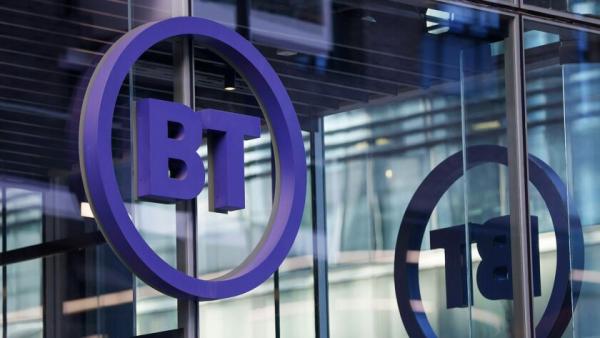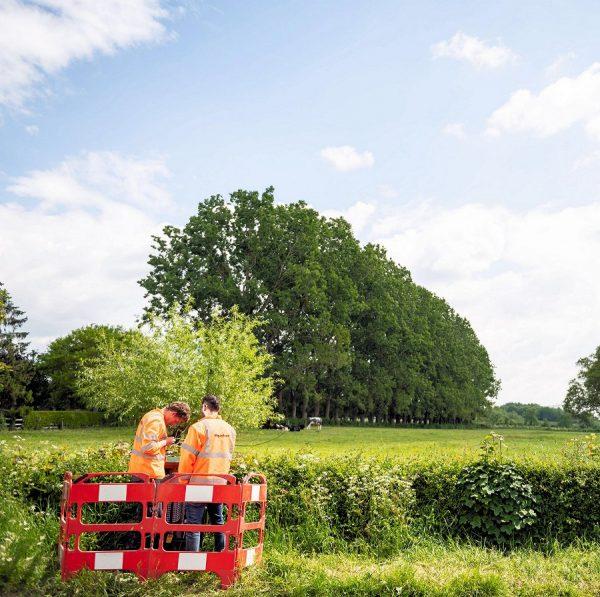
The UK Telecoms Innovation Network (UKTIN) Non-Terrestrial Networking Expert Working Group focuses on a range of non-terrestrial network architectures and applications. To learn more, UKTIN speaks to its Chair Barry Evans, Professor of Satellite Communications - Institute for Communications Research (ICS) and 6GIC, University of Surrey.
- What experience do you have working in NTN?
NTN encompasses mainly satellites but also high-altitude platforms and UAVs. I’ve worked in satellites for over 40 years. The satellite community has always been separated from the telecoms world but the two are beginning to move together (satellites are a part of NTN converging with terrestrial networks), which is very exciting.
- Please tell us about the NTN Expert Working Group.
It has been set up to improve research and development across the UK, with a 10-year horizon. We want to spot gaps in the area, collate and present the evidence on which the government can most effectively design its next round of interventions in both academic and industrial sectors.
The group consists of 16 people, mainly industrial but also some academics. It is made up of people from across the community, not just those working in satellites. We have good coverage across the area of NTN. Most of the outputs will look at improving services by incorporating NTN with terrestrial networks, including rural areas and resilience for passengers travelling on rail, aircraft and land vehicles, working with both 5G and 6G. We have six topic areas, including sustainability where we’re asking the question: can we use NTN to improve energy usage? Also how we can get convergence between NTN and terrestrial operators to offer seamless services. Another important area of focus is skills shortages, which is a major issue right now in the industry.
- Please tell us about the University of Surrey's NTN research.
The university is fairly famous for satellites, but my particular area is communications. Our current area of research is centred around looking at the integration of satellites into 5G. When 5G was rolled out, it did not include satellites. We want to integrate satellites and then incorporate them into 6G standards from the start. We’ve been involved with a big European project, Sat 5G, in which we successfully backhauled a terrestrial cell site using a GEO satellite. We had to overcome the issue of delay, which is much greater with a GEO satellite and the added complication of a difference in the channel conditions from those in terrestrial. But still, we managed to succeed. Since then, we’ve been working with OneWeb, which has 640 satellites operating at the moment in LEO orbit and successfully backhauled to a cell site using this constellation. We are now also involved with a project working towards a 6G unified architecture. Coexistence between terrestrial and satellite networks is another area of focus: how can we mitigate interference between satellite and terrestrial systems and enable them to co-exist in limited frequency bands?
- What excites you most about working in this space?
It’s a new, dynamic, extremely interesting area. I’ve been involved in satellites for 30-40 years and it’s been quite stable, and consistent. That was until this idea of large constellations and convergence with terrestrial came along, and 5G and 6G networks began to be seen as a unified system. We’re now working on fresh problems and all the excitement is suddenly focused on satellites. There is a major shift happening in R&D, and it’s great to be a part of that. Enabling convergence with satellites is a really hot topic.
- How significant is NTN within the broader telecoms landscape? And how is this changing?
Well, I think it’s become very significant. There is an interest in operating from a mobile handset to a satellite, which is only recently possible due to advancements in onboard satellite technology. Then, if you consider 6G, one of the main visions coming out of the visions for 6G is the incorporation of NTN. NTN will provide the coverage and resilience that we need for 6G. I think it’s fair to say that NTN is now established on the future telecoms agenda, and will be a crucial part of our future networks.









